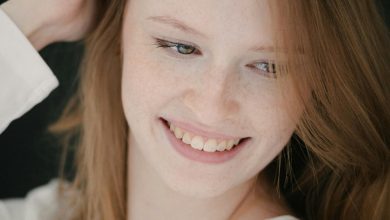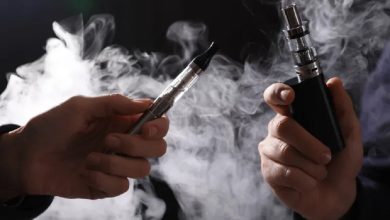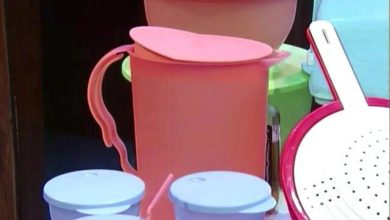Revealing Horrors: Khadija Khweiss Exposes Israeli Prison Abuses Against Female Detainees
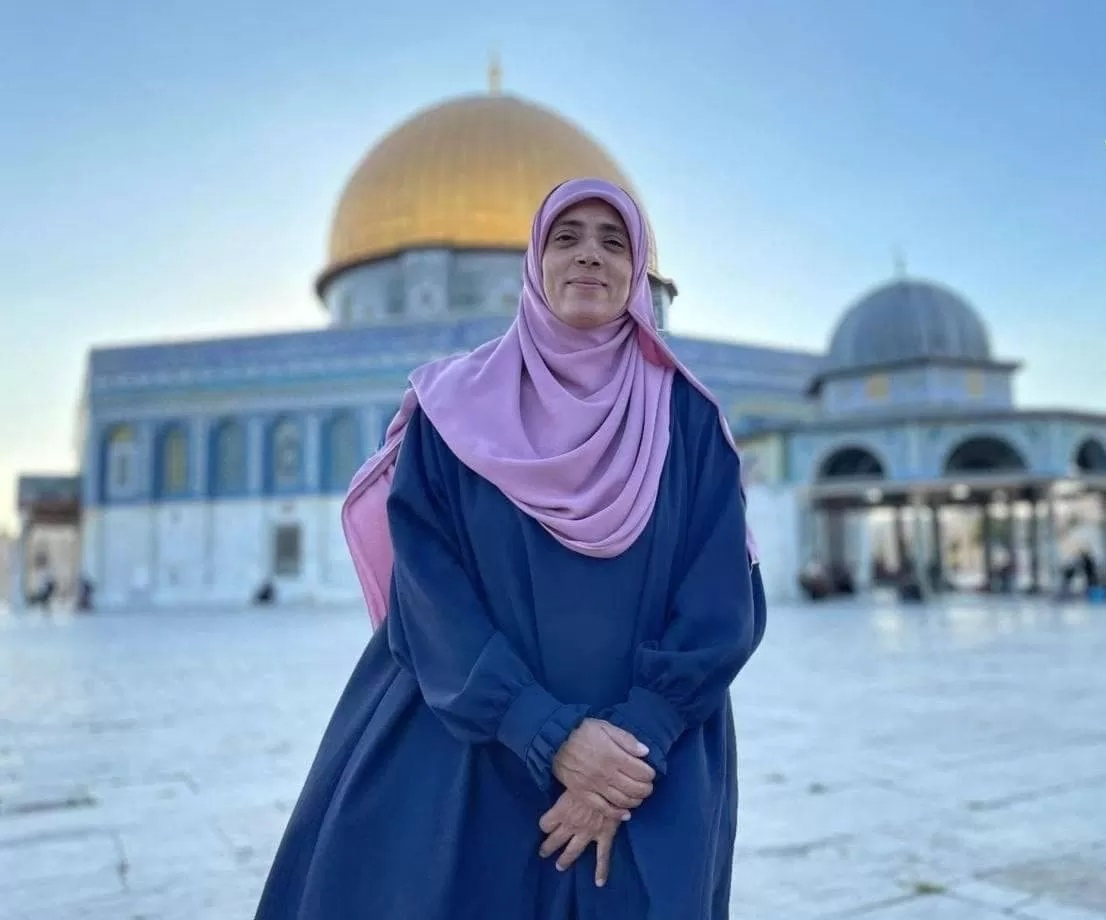
Watan-The liberated captive in the prisoner exchange deal, Khadija Khweiss, has revealed the heinous acts committed by Israeli prison guards against female prisoners. She confirmed that the prison staff, where she was detained, poured urine on a prisoner who refused to drink it.
Khweiss, referred to by Palestinians as “the guardian of Al-Aqsa,” is a liberated captive who has been arrested multiple times. She was expelled from the West Bank, Al-Aqsa Mosque, and the Old City of Jerusalem, and has been prevented from traveling on several occasions.
In an audio recording circulating, Khweiss narrated that the occupation forces arrested her in a degrading manner. They bound her hands and feet behind her, blindfolded her eyes with a garbage bag, and insisted on keeping her head bowed throughout the journey.
Additionally, she was searched, and her hijab was forcibly removed for approximately 10 minutes. Throughout the journey, the officers continuously struck her on her abdomen and back, hurling obscene insults at her. Upon reaching the detention center, she mentioned undergoing multiple interrogations, facing accusations of affiliation with ISIS and Hamas, being labeled a terrorist operative, despite not belonging to any specific group or faction. Khweiss is an Islamic education teacher who studied Sharia law.
(سكبوا البول على أسيرة رفضت شُربه)
الأسيرة المحررة في #صفقة_تبادل_الاسرى #خديجة_خويص تكشف فظاعات ما يفعله السجانون الإسرائيليون بالأسيرات.#ابوعبيده #القسام #قاطع_صح #اوقفوا_العداون_علي_غزه #أبوعبيدة #GazaGeniocide #طوفان_الاقصي #غزه_تباد #غزه_مقبره_الغزاه #كتايب_القسام #Bitcoin… pic.twitter.com/G6KO9Bs3Do— وطن. يغرد خارج السرب (@watanserb_news) December 5, 2023
She recounted an incident where a detainee from Bethlehem had her eyes sealed with adhesive tape, was struck on the head with a rifle butt, and suffered from diabetes. When she asked the guards for water, one of them gave her a beverage, thinking it was water, only for it to be revealed later that it was urine. When she refused to drink it, they poured it on her body.
Throughout the long years of conflict with Israel, more than 16,000 Palestinian women (ranging from elderly to minors) have been subjected to arrest in Israeli occupation prisons.
Damon Prison has a notorious reputation
According to the Palestinian news agency “Wafa,” Palestinian female prisoners have been subjected to egregious human rights violations from the moment of their arrest by Israeli forces, including physical assault, humiliation, verbal abuse, and insults.
The pressure intensifies upon their arrival at the interrogation centers, where they experience various forms of psychological and physical coercion, such as beatings, sleep deprivation, solitary confinement for extended hours, intimidation, and terrorizing. This is done without regard for their femininity and specific needs.
All Palestinian female prisoners are held in the infamous Damon Prison, originally established during the British Mandate as a tobacco warehouse, with moisture considerations for preserving tobacco leaves during its construction.
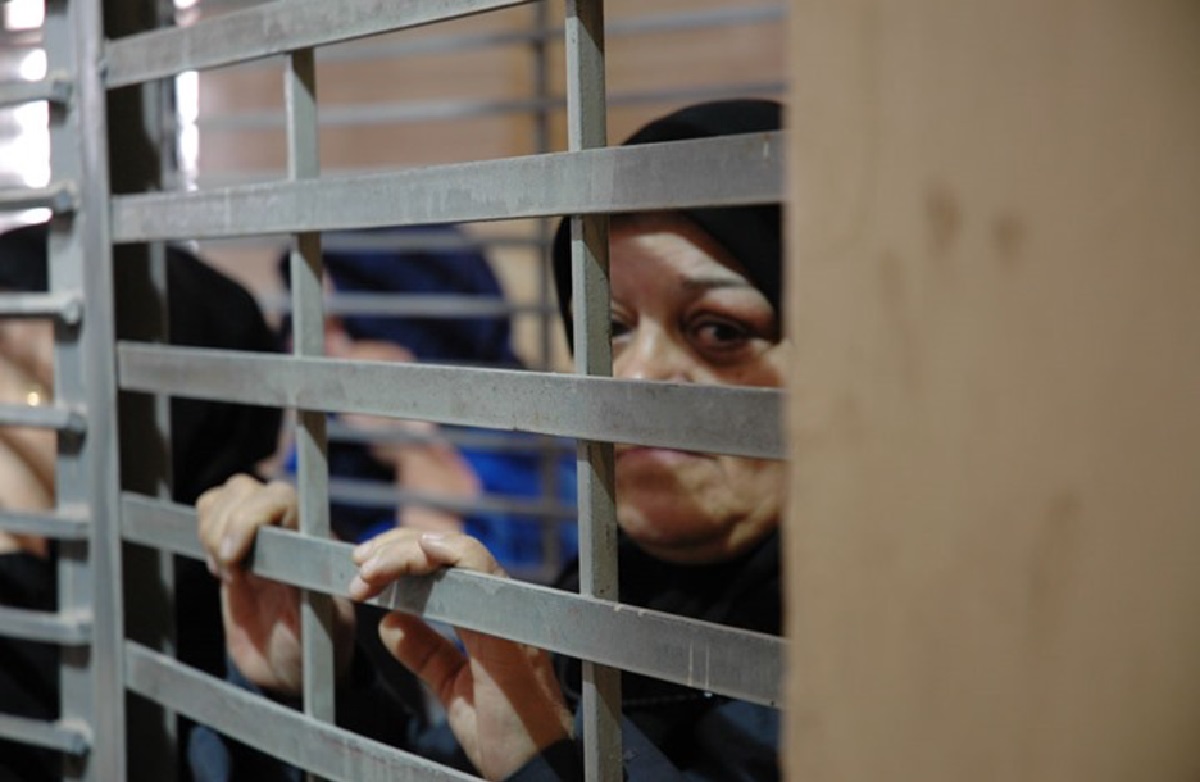
After 1948, Israel took control of the facility and converted it into a prison. The notorious prison lacks basic elements of human life. Most of the rooms are poorly ventilated, infested with insects, and suffer from dampness due to the building’s age. The prison’s floors are made of concrete, making them extremely cold in winter and excessively hot in summer.




